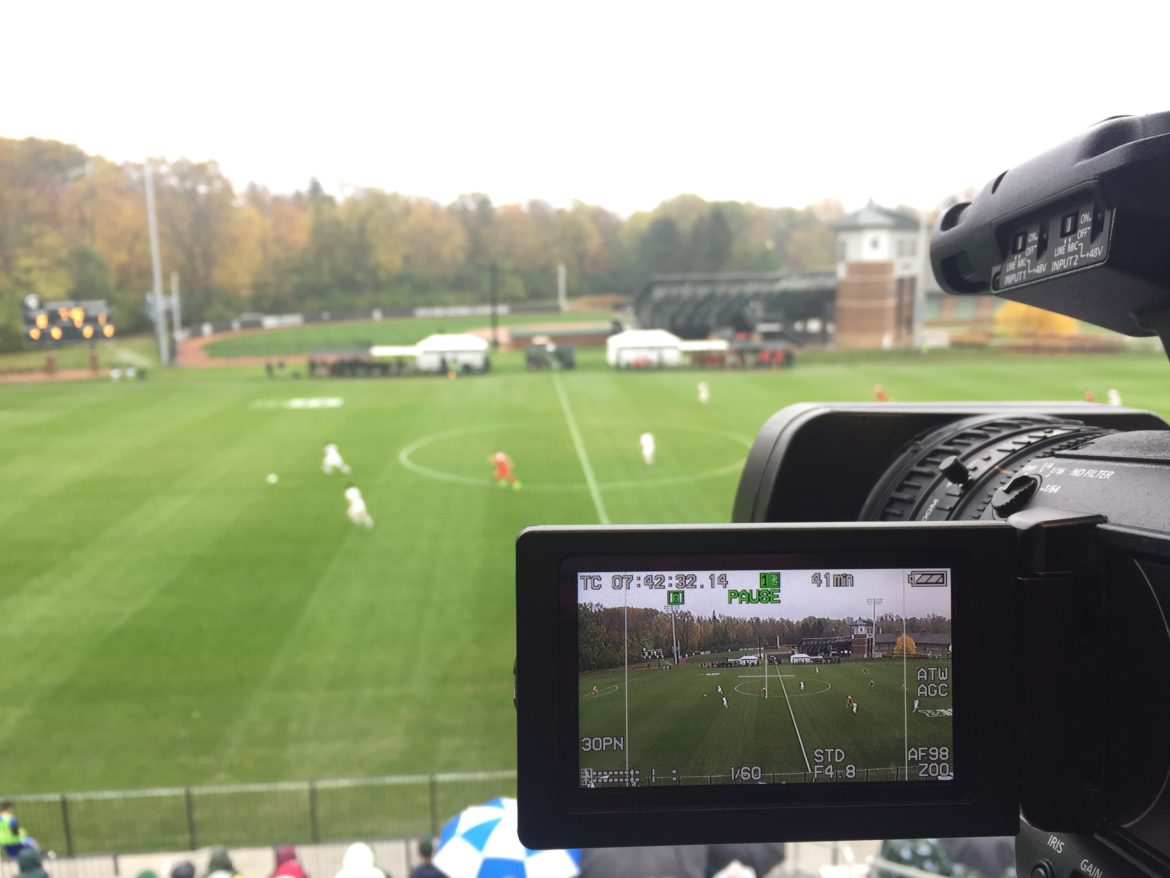Predatory: Under this modality, the official sponsorship of a rival is intentionally attacked in an effort to gain more market share and confuse consumers about who the official sponsor is. A good example is the campaign that Amex used in Barcelona.
By Towing – This is an attempt by a brand to be directly associated with a property or event using a legitimate nexus, rather than becoming a sponsor. For example, a sportswear company may sponsor an athlete who is participating in an event not sponsored by the brand.
Trademark Infringement: the intentional unauthorized use of protected intellectual property. This type of property may include team or event logos, or the use of unauthorized references to tournaments, teams or athletes, or to words or symbols.
Self Ambush: Marketing activities by an Official Sponsor that go beyond what has been agreed to in the contract. This may include, for example, handing out free jerseys at a game without the authorization of the sports organization.
Indirect ambushes: These are defined as the intentional association of a brand with an event or property through suggestion or indirect reference. As with direct ambushes, many companies use this type of marketing to promote their products, with no particular intention regarding their rivals.
By Association – The use of imagery or terminology to create the illusion that an organization has ties to a nba중계 property or event. In mid-2008, for example, Nike’s marketing campaigns made frequent use of the number 8, a symbol of luck and good fortune in China, as well as the symbol of the Games, of which Nike was not a sponsor.
for distraction: Establishing a promotional presence at or near an event without making any specific reference to the event, its images or theme, in order to become better known or promoted among the audience of the event.
Value appropriation: the use of the central value of an event or a property to imply an association in the mind of the consumer. For example, in its advertising during the second and third quarters of 2008, Germany’s Puma used the slogan “June 2008: Together Everywhere.” The European Championship that took place that month, and the tournament’s own marketing emphasized unity and the rejection of racism. A Puma spokesman says their campaign was part of the season’s soccer ad campaign.
Subversive: the use of surprise and street promotions. For example, on a main access road to the French Tennis Open in Paris, the sportswear and footwear manufacturer K-Swiss parked a car that appeared to have been crushed by a K-Swiss tennis ball. Across the street, a K-Swiss van was handing out gifts and marketing material.
Parallel – The creation or sponsorship of an event or property that is somehow related to the target of the ambush and competes for public attention. For example, seven days after the Olympics, Nike launched an annual global one-day athletics event in cities around the world.
Incidental ambushes: This is when consumers believe that a brand is the sponsor of an event or property without the brand trying to make such a connection.
Unintentionally: Sometimes media coverage mentions equipment or apparel worn by an athlete or a company that is providing a service at that event. Consumers may think that the company is an official sponsor of the event.
Speedo, for example, was frequently mentioned during the Beijing Games due to the success of swimmers wearing their LZR Racer swimsuits. In subsequent marketing studies, consumers incorrectly identified Speedo as a sponsor.
By saturation- Saturation ganks increase your hype and marketing during an event, but don’t explicitly reference it.
As they concluded from the Wall Street Journal, the objective of this last modality seems to be simply to take advantage of the greater attention of the public and the media during the event.











